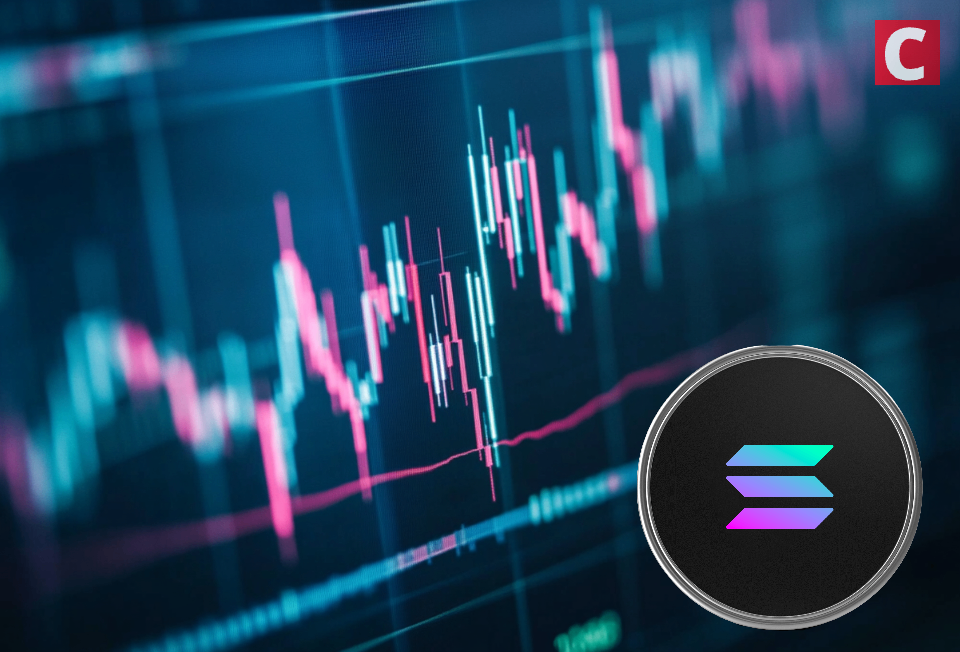What Does REV Mean?
Realized Extractable Value (REV) is the total amount of value users actually pay to get transactions included in a blockchain. It’s not just about the opportunities to make money. It’s about how much is actually paid and earned in practice.
REV looks at the real value taken from MEV (Maximal Extractable Value) strategies after considering actual blockchain conditions like:
- Network congestion
- Gas fees
- Validator or miner fees
- Transaction costs
- Priority fees
Here’s a simple way to think about it:
If MEV is a potential reward, REV is what someone really walks away with after all costs are paid.
How REV Works (with a Simple Example)
Let’s take a sandwich attack as an example.
- A searcher sees a transaction they can profit from.
- They create two transactions—one before and one after that user’s trade.
- This is a MEV opportunity.
But here’s the twist:
Multiple bots may see the same opportunity. To win, they must outbid each other. That means paying extra to validators to include their transactions first.
So, the searcher pays:
- Gas fees (to execute the transaction)
- A priority fee (a “tip” to the validator to get chosen)
The REV is the profit made plus what was paid to win the opportunity.
REV vs. MEV: What’s the Difference?
Aspect | MEV | REV |
Meaning | Maximal potential value | Actual value realized |
Focus | Theoretical profits | Real-world outcomes |
Includes | Strategy design | Strategy + execution cost |
Used by | Developers, searchers | Analysts, economists |
MEV is like seeing an open treasure chest.
REV is how much gold you actually take home after taxes and tolls.
Why Some Say REV Is Important
Supporters of REV argue that it shows how much real economic activity is happening on a blockchain. In other words, it’s a cash-flow-style metric.
They say REV tells us:
- How much people are willing to pay for block space
- The demand for executing high-value trades
- The actual profits feeding into validators and miners
That makes REV sound a lot like discounted cash flow (DCF) in traditional finance.
But There’s Pushback
Many in the crypto world aren’t sold on using REV as a serious valuation metric.
Here are the main criticisms:
- Speculative bubbles: REV tends to spike when meme coins or volatile assets are trending.
- Doesn’t reflect all effort: Searchers often run multiple failed attempts to win MEV. These losses don’t show up in REV.
- Some chains don’t support MEV at all: Bitcoin has zero REV—but still holds strong value.
- REV may reflect inefficiency: A high REV could mean the network isn’t optimized, not that it’s thriving.
REV Has Limitations
Let’s break it down further:
Limitation | Impact |
Failed transactions are not included | Ignores real costs to users |
Internal MEV (inside apps) isn’t counted | May underreport activity |
REV doesn’t guarantee value to token holders | Not always linked to token performance |
Compression of MEV through better tools | Can reduce future REV figures |
Should You Use REV to Value a Blockchain?
Maybe—but not on its own. REV is one part of a larger picture.
Here’s when it might be helpful:
- When comparing L1 blockchains with similar use cases.
- When trying to measure validator or miner revenue.
- When analyzing how much demand exists for complex trading strategies.
But always use context.
REV can be misunderstood or misused if you don’t understand how it’s calculated. It doesn’t show the full economic footprint of a blockchain, especially if MEV is being handled in other ways.
REV is a useful metric—in moderation. It tells us how much value flows through MEV strategies and how much people are willing to pay to get ahead. But it has limits and shouldn’t be used alone.
To evaluate a blockchain project fully, combine REV with:
- Transaction volume
- TVL (Total Value Locked)
- Validator earnings
- User growth
- App-specific data
Different blockchains offer value in different ways. REV is just one tool to help you understand where that value is going.
Remember, investing in cryptocurrencies involves risks, and it’s important to conduct thorough research and seek professional advice before making any financial decisions. (Please keep in mind that this post is solely for informative purposes and should not be construed as financial or investment advice.)

















 English (US) ·
English (US) ·